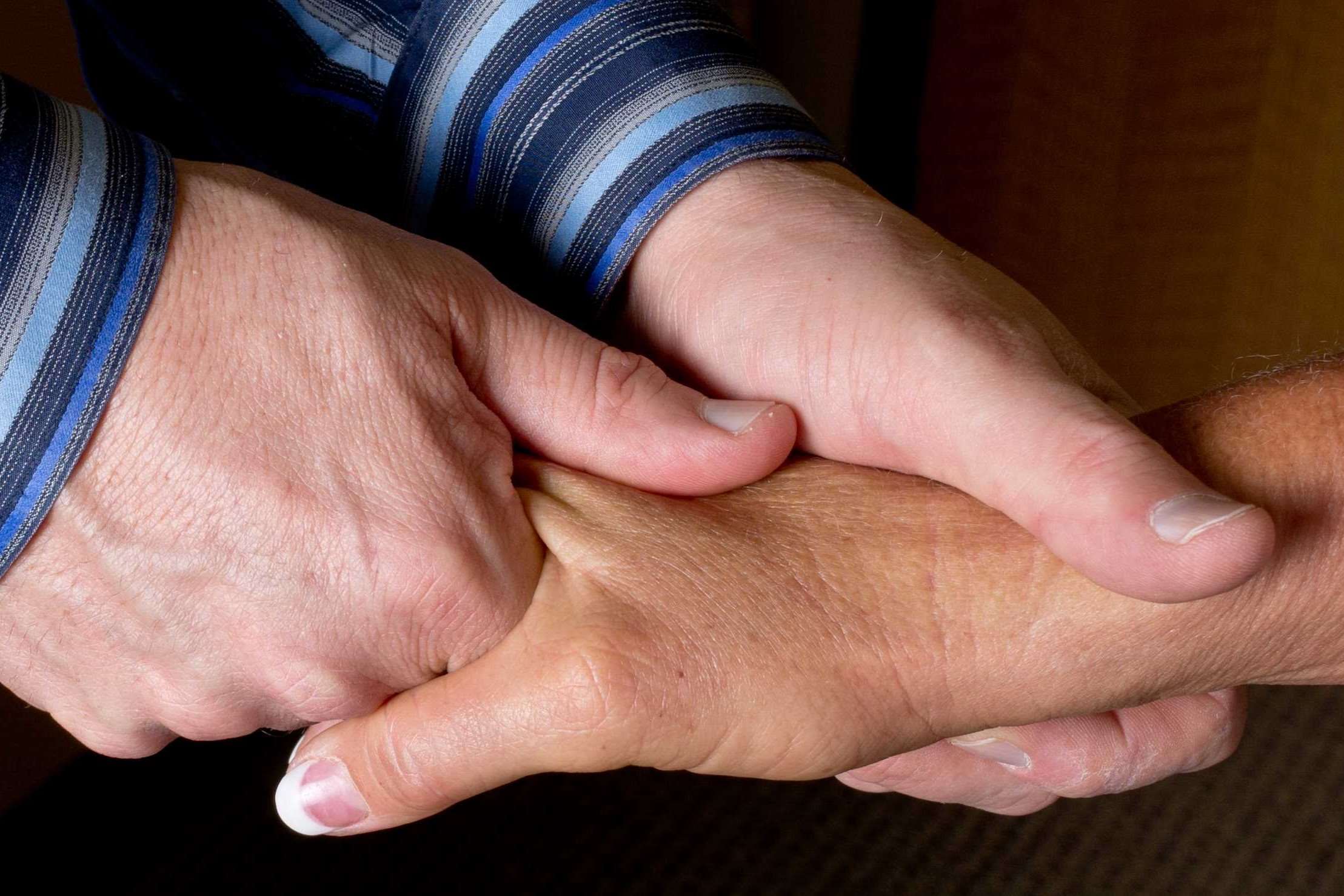
Writer's cramp—sounds like something out of a novelist's nightmare, right? But what exactly is it? Writer's cramp is a type of focal dystonia that affects the muscles in your hand and forearm, making it difficult to write or perform other fine motor tasks. Imagine trying to jot down notes or sign your name, only to have your hand seize up or cramp painfully. This condition can be frustrating and even debilitating for those who rely on writing for their daily activities. Whether you're a student, professional, or someone who loves journaling, understanding writer's cramp can help you manage and possibly prevent this pesky problem. Ready to learn more? Let's dive into 50 facts about writer's cramp that might surprise you!
Key Takeaways:
- Writer's cramp is a condition that affects hand and forearm muscles, making writing difficult. It can be managed with therapies, stress management, and ergonomic tools.
- Famous composer Robert Schumann suffered from writer's cramp, showing that even accomplished individuals can be affected. Research is ongoing to better understand this condition.
What is Writer's Cramp?
Writer's cramp, also known as focal hand dystonia, is a condition that affects the muscles in the hand and forearm. It can make writing or other fine motor tasks difficult. Here are some intriguing facts about this condition:
- Writer's cramp is a type of dystonia, a movement disorder causing involuntary muscle contractions.
- It primarily affects people who perform repetitive hand movements, like writers, musicians, and typists.
- Symptoms often include cramping, pain, and uncontrollable muscle spasms.
- The condition can be task-specific, meaning it only occurs during certain activities like writing.
- Writer's cramp can be classified into two types: simple and dystonic. Simple affects writing alone, while dystonic affects multiple tasks.
- The exact cause of writer's cramp is unknown, but it is believed to involve abnormal functioning in the brain's motor control areas.
- Stress and anxiety can exacerbate the symptoms of writer's cramp.
- Writer's cramp is more common in adults aged 30-50 years.
- Men are more likely to develop writer's cramp than women.
- The condition can be hereditary, suggesting a genetic component.
Symptoms and Diagnosis
Understanding the symptoms and how writer's cramp is diagnosed can help in managing the condition better.
- Early symptoms may include a feeling of tightness or fatigue in the hand.
- As the condition progresses, the hand may twist or turn involuntarily while writing.
- Some people experience pain or discomfort in the hand and forearm.
- Diagnosis typically involves a physical examination and a review of the patient's medical history.
- Neurologists may use electromyography (EMG) to measure electrical activity in the muscles.
- MRI scans can help rule out other neurological conditions.
- Writer's cramp is often misdiagnosed as carpal tunnel syndrome or tendonitis.
- A detailed description of symptoms and activities that trigger the cramps is crucial for accurate diagnosis.
- There is no specific test for writer's cramp; diagnosis is based on clinical evaluation.
- Early diagnosis and intervention can help manage symptoms more effectively.
Treatment Options
While there is no cure for writer's cramp, various treatments can help manage the symptoms.
- Physical therapy can improve hand strength and flexibility.
- Occupational therapy focuses on modifying tasks to reduce strain on the hand.
- Botulinum toxin (Botox) injections can help relax the affected muscles.
- Medications like muscle relaxants and anticholinergics may provide relief.
- Stress management techniques, including meditation and yoga, can reduce symptom severity.
- Ergonomic tools, such as special pens and keyboards, can make writing easier.
- Some patients benefit from biofeedback, a technique that teaches control over involuntary muscle activity.
- Acupuncture has shown promise in alleviating symptoms for some individuals.
- Deep brain stimulation (DBS) is a surgical option for severe cases.
- Regular breaks and hand exercises can prevent symptom worsening.
Coping Strategies
Living with writer's cramp can be challenging, but certain strategies can make daily tasks more manageable.
- Using voice-to-text software can reduce the need for writing.
- Switching to a different hand for writing tasks can provide temporary relief.
- Writing in short bursts with frequent breaks can minimize discomfort.
- Keeping a symptom diary can help identify triggers and effective coping mechanisms.
- Joining support groups can provide emotional support and practical advice.
- Educating friends and family about the condition can foster understanding and support.
- Developing a consistent hand care routine, including stretching and massage, can alleviate symptoms.
- Learning new hobbies that don't involve fine motor skills can provide a mental break.
- Practicing mindfulness can help manage stress and anxiety related to the condition.
- Seeking professional counseling can be beneficial for coping with the emotional impact of writer's cramp.
Interesting Facts
Here are some lesser-known facts about writer's cramp that might surprise you.
- Famous composer Robert Schumann suffered from writer's cramp, which affected his ability to play the piano.
- The condition was first described in the 19th century by neurologist Duchenne de Boulogne.
- Writer's cramp is more common in people with a high level of education.
- The condition can sometimes improve with age, though this is not always the case.
- Writer's cramp can affect both hands, though this is rare.
- Some people with writer's cramp develop compensatory movements, like using their shoulder to write.
- The condition can lead to changes in handwriting style.
- Writer's cramp is considered a form of occupational dystonia.
- Research is ongoing to better understand the genetic factors involved in writer's cramp.
- Advances in neuroimaging are helping scientists study the brain changes associated with writer's cramp.
Final Thoughts on Writer's Cramp
Writer's cramp, a condition affecting many, can be more than just an inconvenience. It’s a neurological disorder that impacts fine motor skills, making everyday tasks challenging. Understanding its causes, from repetitive strain to genetic factors, helps in managing symptoms better. Treatment options like physical therapy, ergonomic tools, and sometimes medication can provide relief.
Living with writer's cramp requires patience and adaptation. Simple changes, like taking frequent breaks and using supportive devices, can make a big difference. Staying informed and seeking professional advice ensures you’re not facing this alone.
Remember, while writer's cramp can be frustrating, it’s manageable with the right approach. Keep exploring new strategies and stay positive. Your journey to relief is unique, and every small step counts.
Frequently Asked Questions
Was this page helpful?
Our commitment to delivering trustworthy and engaging content is at the heart of what we do. Each fact on our site is contributed by real users like you, bringing a wealth of diverse insights and information. To ensure the highest standards of accuracy and reliability, our dedicated editors meticulously review each submission. This process guarantees that the facts we share are not only fascinating but also credible. Trust in our commitment to quality and authenticity as you explore and learn with us.


